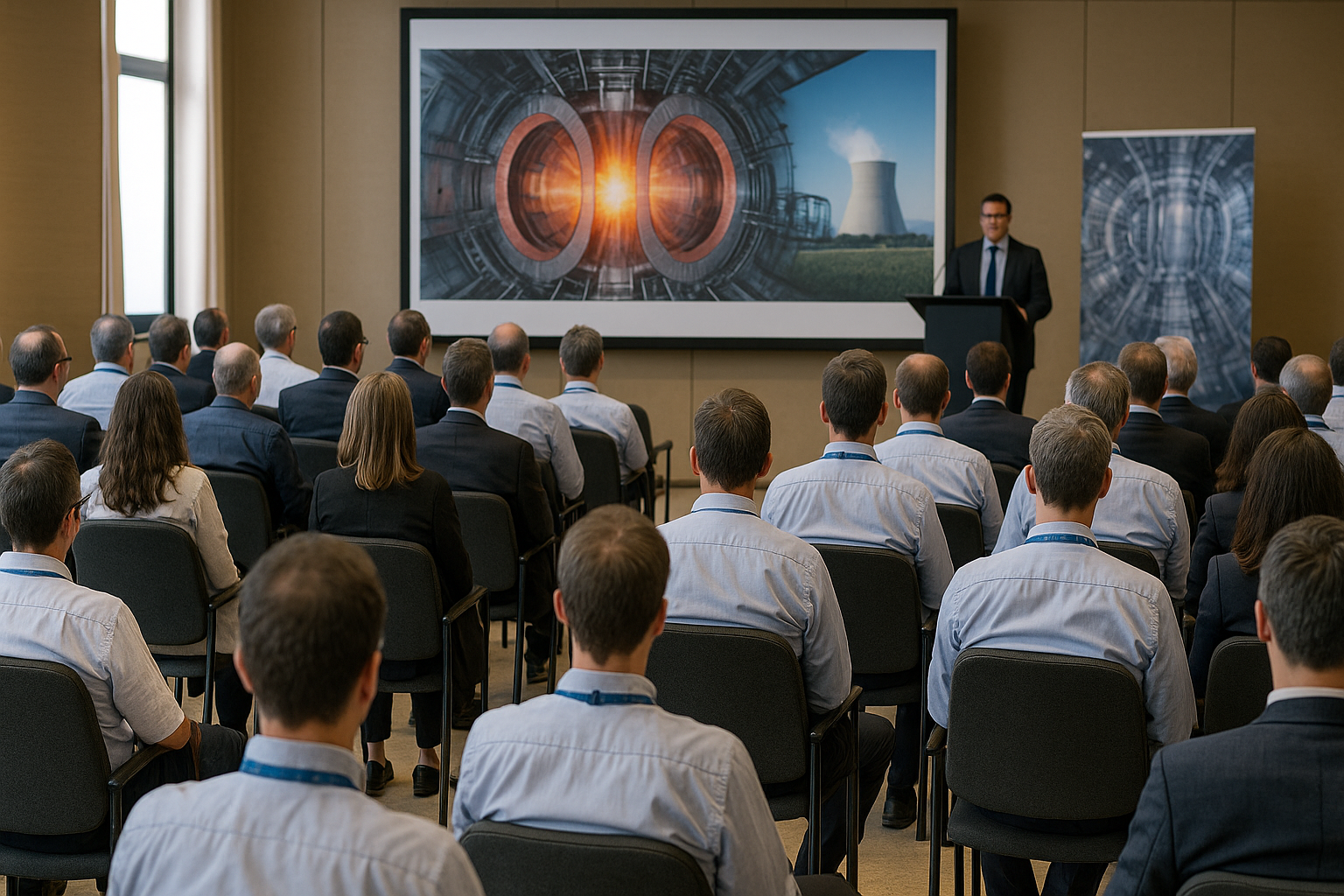IAEA Boosts Accelerator Tech with New Guide, Training and Global Collaboration
“Particle accelerators are a cost-effective investment to help achieve sustainable development,” said Danas Ridikas, Head of the IAEA Physics Section.

The International Atomic Energy Agency (IAEA) is stepping up its global support for accelerator-based technologies with a new technical publication and an ambitious series of training workshops. Designed to empower scientists, engineers, and operators across low- and middle-income countries, these initiatives reflect the IAEA’s strategic commitment to building research capacity, advancing scientific innovation, and supporting sustainable development.
Accelerators: Powerful Tools for Science and Society
From exploring ancient artifacts to enhancing medical diagnostics and environmental monitoring, particle accelerators have emerged as versatile tools in both scientific and industrial domains. While often associated with high-energy physics, low-energy electrostatic accelerators are increasingly valued for their affordability, accessibility, and multi-sector applications.
“Particle accelerators are a cost-effective investment to help achieve sustainable development,” said Danas Ridikas, Head of the IAEA Physics Section. “They support a range of socioeconomic needs—particularly in countries building their scientific infrastructure.”
New IAEA Guide for Accelerator Management and Safety
To meet growing demand from Member States for technical guidance, the IAEA recently published a new document titled: Good Practices in the Operation and Maintenance of Low Energy Electrostatic Accelerators.
This technical manual draws on global expertise to offer practical guidance for laboratories operating small or medium-sized accelerator facilities, especially those without extensive technical staff. It focuses on key areas such as:
-
Routine operations and troubleshooting
-
Preventive maintenance strategies
-
Radiation safety and shielding
-
System diagnostics and optimization
The publication is tailored to technical personnel, including young scientists working in emerging laboratories. By addressing core principles of reliability, safety, and performance, the guide helps institutions ensure the long-term functionality of their electrostatic accelerators.
Hands-On Capacity Building: Regional Workshops Take Off
Beyond technical literature, the IAEA is investing in regional training programs to offer direct experience with accelerator systems.
Earlier in 2025, the IAEA conducted the Regional Training Workshop on Accelerator-based Analytical Techniques for Socioeconomic Development in Bariloche, Argentina, hosted by Centro Atómico Bariloche (CAB). The program focused on advanced ion beam analysis techniques and involved:
-
12 participants from five Latin American countries, half of whom were women
-
Hands-on training using CAB’s 1.7 MV Tandem accelerator
-
Exposure to techniques such as:
-
Proton-Induced X-ray Emission (PIXE)
-
Rutherford Backscattering Spectrometry (RBS)
-
Elastic Recoil Detection Analysis (ERDA)
-
Nuclear Reaction Analysis (NRA)
-
These methods are used in material science, environmental monitoring, and cultural heritage preservation, underscoring the broad societal relevance of accelerator-based tools.
“This training provided young researchers from resource-constrained countries access to sophisticated equipment and techniques,” said one CAB instructor. “It enhances national capabilities and fosters regional collaboration.”
Upcoming Workshop in Croatia: Focus on Electrostatic Accelerators
Building on this momentum, the IAEA has announced another key event: a regional workshop on accelerator operation and instrumentation to be held in December 2025 in Croatia. This program will focus specifically on low-energy electrostatic accelerators, combining:
-
Introductory theoretical lectures
-
Hands-on experience with maintenance, diagnostics, and safety
-
Targeted engagement with young scientists, engineers, and facility operators
This training represents part of a long-term strategy to foster autonomous expertise in IAEA Member States and reduce dependency on external technical assistance.
Seibersdorf Expansion: IAEA Plans Dedicated Ion Beam Facility
To further expand research and training infrastructure, the IAEA is also preparing to establish a state-of-the-art ion beam facility at its Seibersdorf laboratories in Austria. The facility will support:
-
Hands-on training for visiting scientists
-
Experiments using both ion beams and neutrons
-
Collaborative applied research across a variety of fields—such as energy, environment, and health
This addition will make Seibersdorf a global hub for accelerator innovation, particularly in support of developing countries building nuclear science capacity.
Looking Ahead: Global Accelerator Conference in 2026
Marking the next major milestone in its accelerator agenda, the IAEA will host the Second International Conference on Accelerators for Research and Sustainable Development from 22–26 June 2026 in Vienna, Austria.
This event will provide a global platform to showcase technological breakthroughs, highlight case studies of accelerator-powered solutions with tangible societal impact, and facilitate networking between academia, government, and private sector stakeholders.
The conference is expected to address emerging topics such as:
-
Innovations in compact and modular accelerators
-
Accelerator applications in food security and health
-
Sustainable infrastructure planning for research institutions
-
Women and youth in accelerator science
A Comprehensive Vision for Global Development
Through this integrated approach—combining technical publications, regional training, infrastructure development, and global forums—the IAEA continues to play a pivotal role in democratizing access to accelerator technologies.
Its latest efforts reinforce a core belief: that science and technology, when shared inclusively and responsibly, can serve as powerful engines of sustainable development, resilience, and prosperity.










